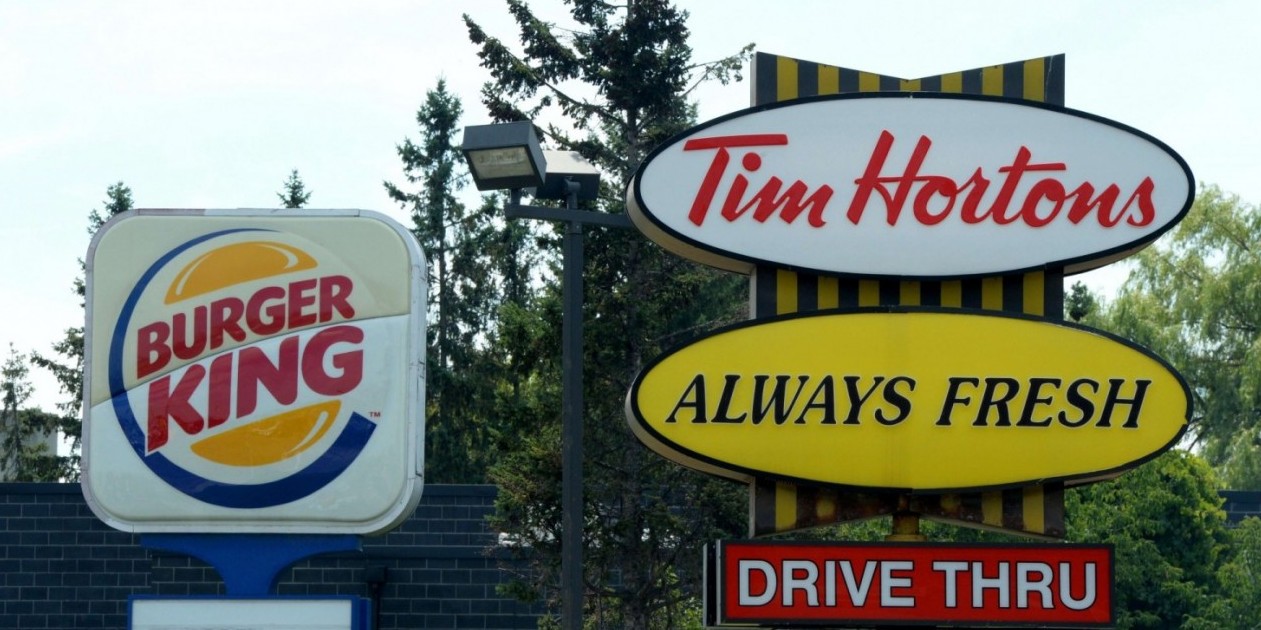Plans to expand Tim Hortons into more countries will take at least a year to materialize as its new owners decide how to grow the popular Canadian brand, which recently merged with Burger King.
Daniel Schwartz, the 34-year-old chief executive who oversees the combined parent company Restaurant Brands International, said Tuesday a year is a reasonable amount of time, when using his experience with the takeover of Burger King as a model.
“We can rush into this and sign a whole bunch of agreements, but we think (this is) the prudent way to do this,” Schwartz said in an interview, after Restaurant Brands reported half billion dollars in losses during the fourth quarter, mostly from merger expenses.
“It takes some time to make sure you have the right partners, the right supply chain and the right approach.”
Schwartz declined to outline which regions are prime destinations for new Tim Hortons restaurants, though he said the model would be similar to Burger King’s expansion into Brazil, China and Russia.
Tim Hortons already has locations in the Middle East and the United States but the majority of its 4,500 Tim Hortons restaurants are in Canada.
Executives at Restaurant Brands have been outspoken about making Tim Hortons a global brand, though they faced criticism last year by some who perceived the merger to be hinged on relocating Burger King’s head office to Canada for a lower tax bill, a move known as a corporate tax inversion.
Restaurant Brands is majority owned by Brazilian-based 3G Capital, which took over Burger King for US$4 billion in 2010, restructured its operations and cut expenses.
Last year, 3G Capital signed a US$11-billion merger with Tim Hortons that brought the both companies under one umbrella.
“What will define the success of this transaction is our ability to bring Tim Hortons around the world,” Schwartz said.
“This deal is first and foremost about growth.”
Restaurant Brands, which keeps its books in U.S. dollars, lost US$514.2 million in its latest quarter, compared with a profit of $66.8 million a year earlier when Tim Hortons results weren’t included.
The result included $143 million of losses related to derivatives and $94.3 million attributed to the Tim Hortons deal and restructuring costs.
It was the first glimpse into the newly combined operations and RBC Capital Markets analyst David Palmer called the financial results “noisy.”
Comparable store sales were up 4.1% for Tim Hortons, while Burger King comparable sales were up 3% on a constant currency basis.
Overall revenue totalled $416.3 million in the quarter.
Restaurant Brands plans to keep each company separate, both in its financial results and through its daily store operations. That means Timbits won’t be listed alongside Whoppers on the menu — or even Burger King restaurants beside Tim Hortons.
“You’re not going to see co-branding across Canada,” Schwartz said. “It’s not going to be like it was with respect to the Wendy’s and Tims.”
Tim Hortons said last month it cut about 350 employees, mainly at its headquarters in Oakville, Ont. and regional offices across the country.
In total, about 15% of the 2,300 employees were part of the reduction, which are largely complete, said chief financial officer Josh Kobza in a conference call.
“We don’t have any plans for additional changes at this time,” he said. “That’s all that we’ll comment on at this point.”











